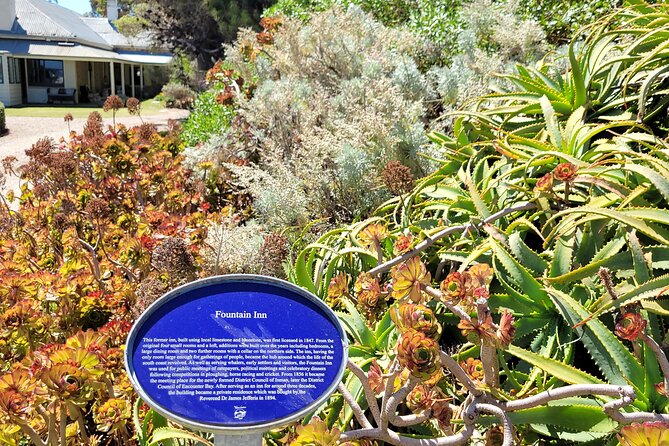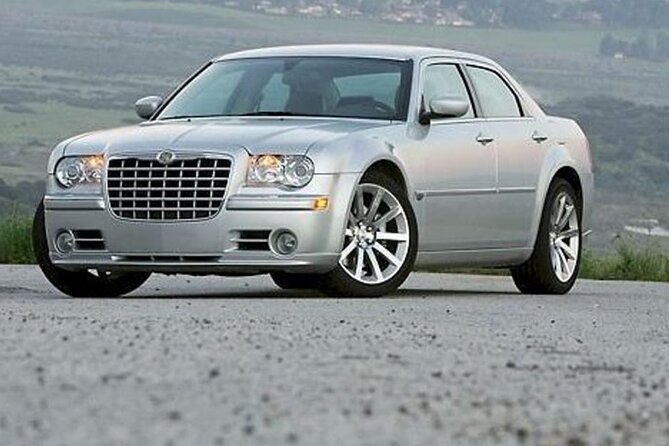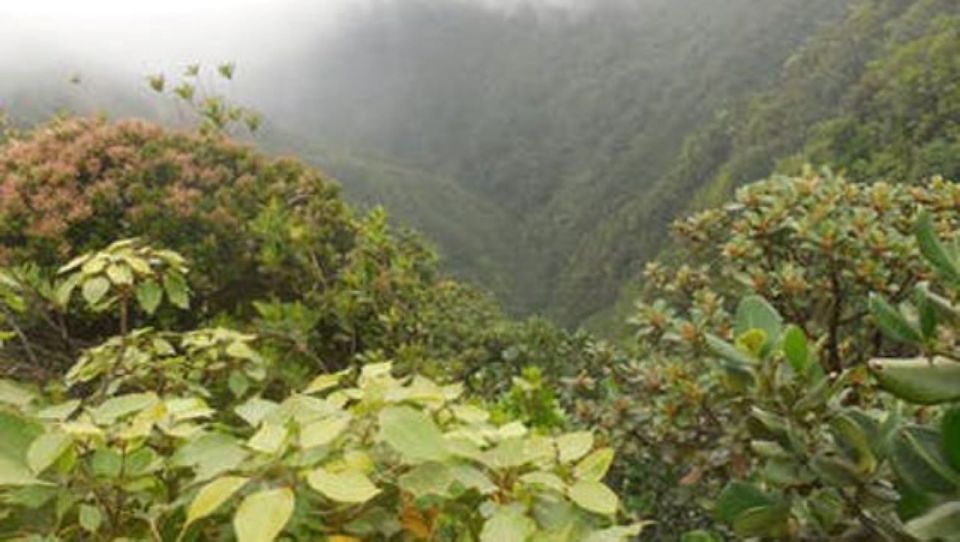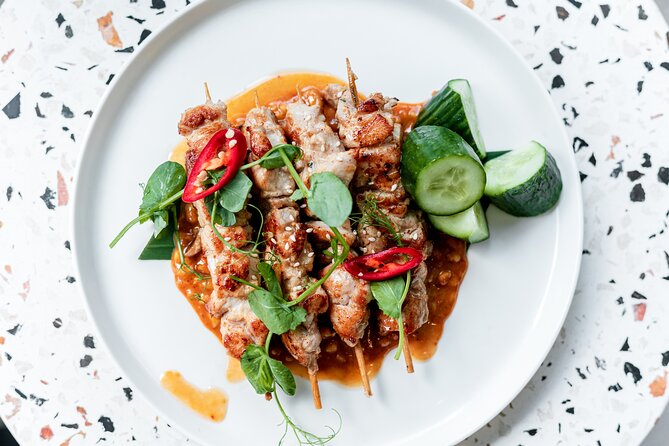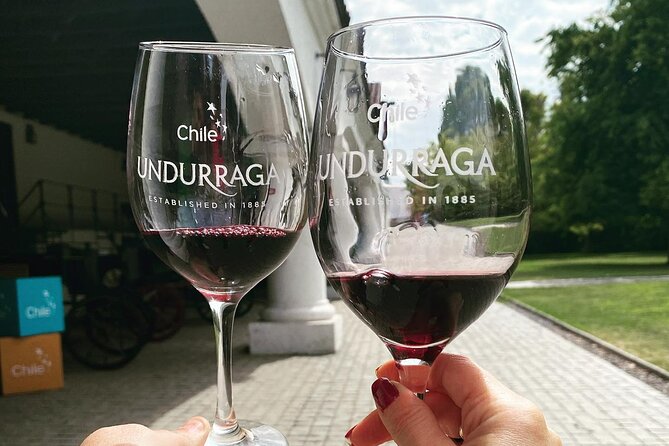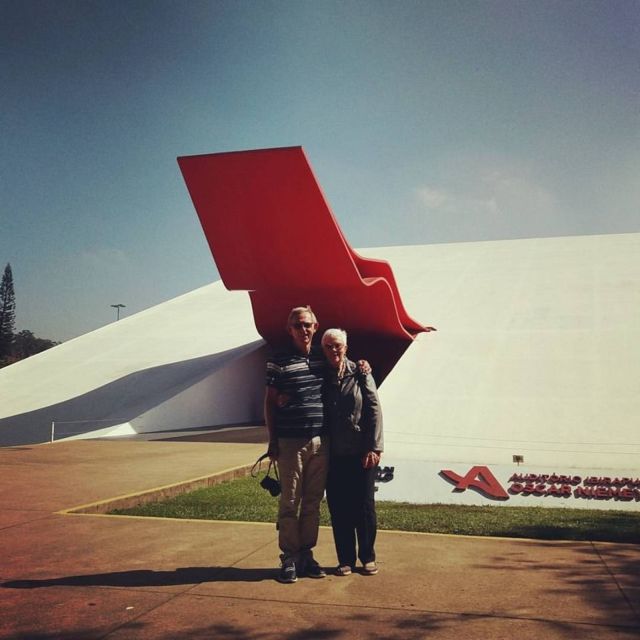In a symphony of flavors, cheese and wine come together to create a sensory experience like no other. As the velvety notes of a full-bodied red wine dance with the creamy richness of a perfectly aged cheese, a world of possibilities unfolds on the palate.
But what makes this pairing so exquisite? Explore the intricate dance between cheese and wine, uncover the secrets of perfect harmony, and elevate your tasting experience to new heights.
Join the journey of discovery as we unravel the art of cheese and wine pairing, where each sip and bite reveal a new layer of gastronomic delight.
Key Points
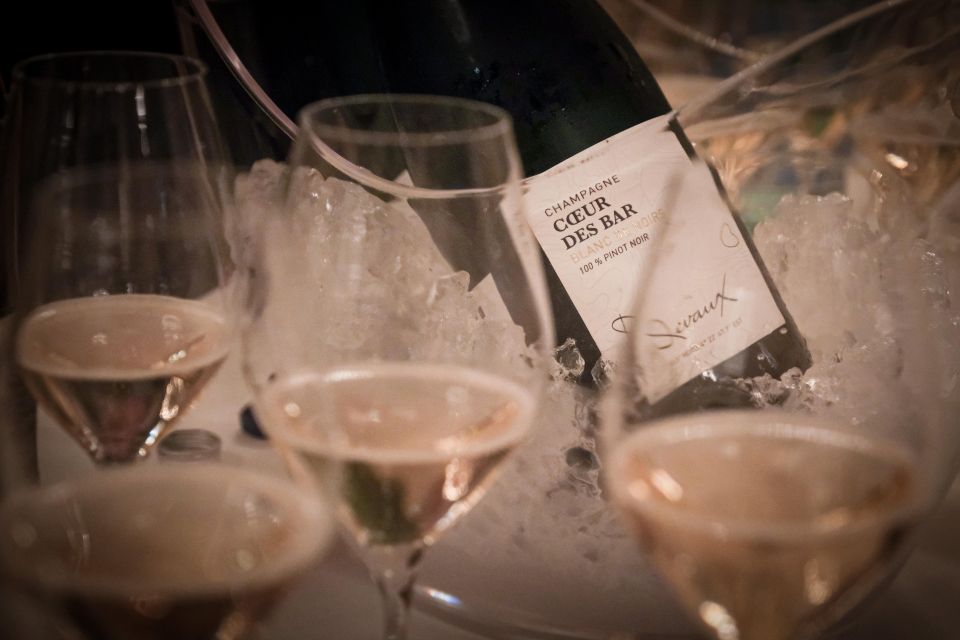
- Elevate tasting experience with cheese and wine pairing
- Identify flavor profiles and aromas for enhanced enjoyment
- Consider cheese textures and wine glass shapes for optimal tasting
- Understand terroir influence on taste for a unique culinary experience
It's also worth checking out some other tours and experiences nearby.
Benefits of Cheese and Wine Pairing
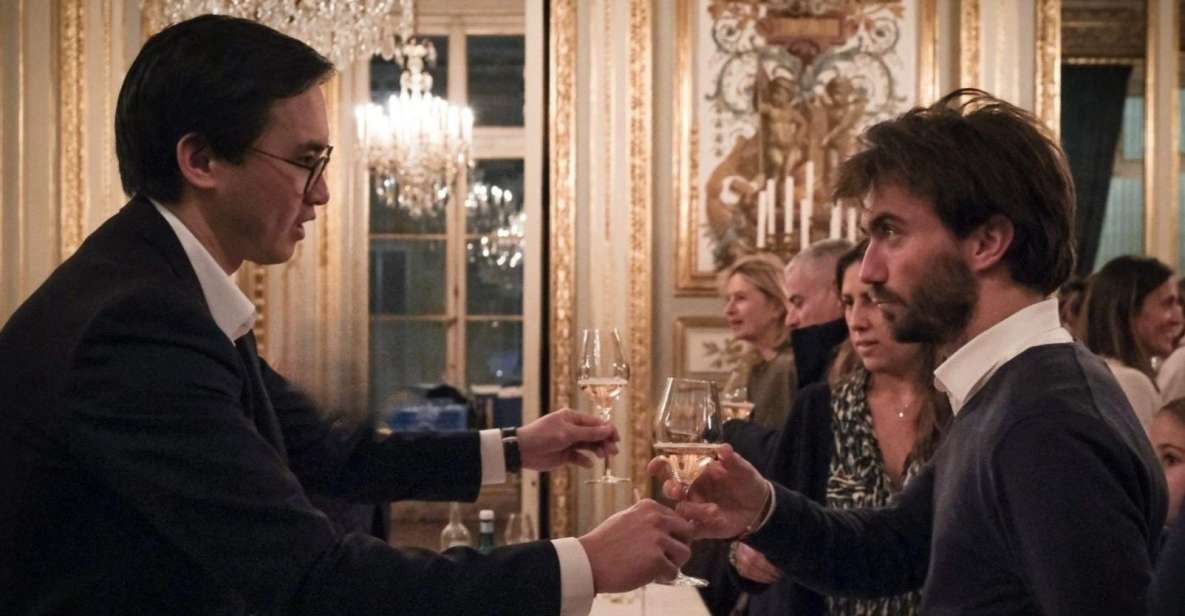
Enhancing one’s palate through the harmonious pairing of cheese and wine can elevate the tasting experience to new heights of sensory delight and gastronomic appreciation.
The benefits of cheese and wine pairing are manifold. When done correctly, the flavors of both components can complement and enhance each other, creating a symphony of taste sensations. The richness of cheese can balance the acidity or sweetness of wine, while the wine’s tannins can cut through the creaminess of the cheese.
Pairing cheese and wine also helps individuals explore and appreciate different taste profiles, expanding their culinary horizons. By mastering the art of pairing, one can unlock a world of flavors and textures that engage the senses in a unique and rewarding way.
Wine Tasting Techniques to Master
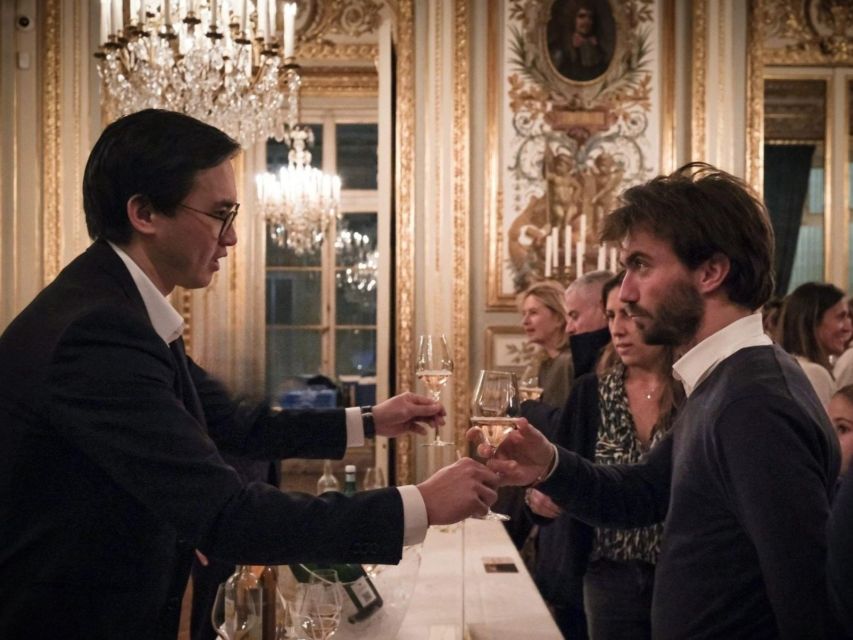
Exploring the nuances of wine tasting techniques can enhance one’s understanding and appreciation of the intricate flavors and aromas present in each glass.
When delving into wine tasting, it’s essential to focus on identifying flavor profiles and aroma notes. By swirling the wine in the glass to aerate it and releasing its scents, one can better detect the subtle hints of fruits, spices, or earthy tones.
Tasting etiquette plays a crucial role in the experience, from holding the glass by the stem to avoid warming the wine to sipping it slowly to savor the complexities. Understanding personal preferences, such as the level of tannins or acidity preferred, can guide individuals in discovering their favorite wine styles.
Mastering these techniques can elevate one’s enjoyment of wine tasting sessions.
Cheese Selection Tips for Pairing
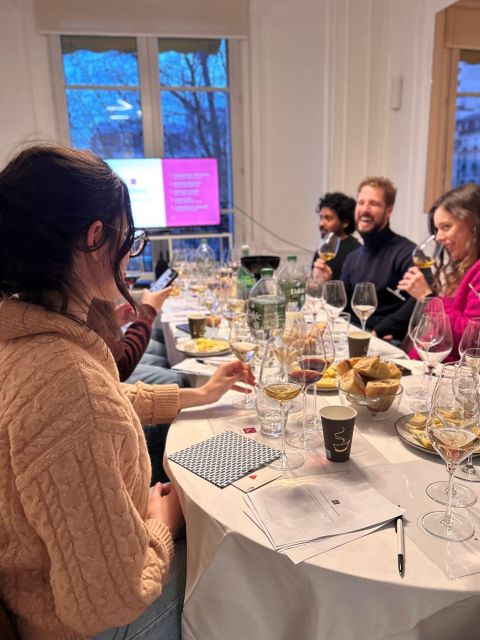
When selecting cheeses for pairing with wines, consider the flavors and textures to create harmonious taste experiences. Cheese pairing is an art that enhances the overall enjoyment of both the cheese and wine.
To start, choose a variety of cheeses with different textures such as soft, semi-soft, hard, and blue cheeses. This diversity will provide a range of flavors to complement various wine profiles.
Tasting techniques play a crucial role in identifying the nuances of each cheese, helping to determine which wines will best complement them. When tasting, pay attention to the acidity, sweetness, and intensity of the cheese, as these factors will guide you in selecting the perfect wine pairing.
The Influence of Terroir on Taste
Terroir significantly shapes the taste of wine, reflecting the unique characteristics of the region where the grapes are grown.
The terroir impact encompasses various factors such as soil composition, topography, climate, and even the surrounding vegetation. These elements influence the grapevine growth and ultimately the flavor profiles of the wine produced.
For example, a wine from a cooler climate region might exhibit higher acidity and lighter body, while a wine from a warmer climate could showcase riper fruit flavors and fuller body.
Understanding the terroir impact on taste is essential for appreciating the nuances in different wines and recognizing the distinctiveness that each region imparts to its wines.
Understanding Wine Glass Shapes
Understanding how different wine glass shapes can enhance or alter the tasting experience is a crucial aspect of appreciating the nuances of wine. The benefits of specific glass shapes lie in their ability to concentrate aromas, direct wine to specific parts of the palate, and showcase the wine’s characteristics accurately. The tasting environment also plays a vital role in how wine is perceived, with factors like lighting, temperature, and background noise influencing the overall experience.
| Glass Shape Benefits | Tasting Environment |
|---|---|
| Concentrates Aromas | Proper Lighting |
| Directs Wine on Palate | Controlled Temperature |
| Showcases Characteristics | Low Background Noise |
Secrets to Perfect Wine Pairing
Exploring the art of perfect wine pairing unveils a harmonious symphony of flavors that elevate both the wine and the accompanying dish to new heights of gastronomic pleasure.
When considering food pairings, it’s essential to understand the flavor profiles inherent in the wine regions and grape varieties. Certain wines complement specific dishes due to their shared characteristics, such as acidic wines cutting through fatty foods or sweet wines balancing spicy flavors.
Each wine has its unique qualities that can either enhance or clash with the flavors of a dish. By delving into the secrets of perfect wine pairing, one can create a dining experience that harmonizes the best of both worlds, creating a culinary journey that delights the palate and satisfies the soul.
Expert Tips for Blind Tasting

Discover expert tips to enhance your blind tasting experience and sharpen your wine palate.
When exploring aroma during blind tasting, take note of the scents present and try to identify them. Pay attention to the texture of the wine in your mouth, noting if it feels smooth, velvety, or rough.
Analyzing flavor profiles involves identifying fruit, floral, herbal, or oaky notes. Engage in sensory evaluation by considering how the wine feels, tastes, smells, and looks.
Lastly, understand that flavor perception can be influenced by factors like personal preference and previous tasting experiences. By focusing on these aspects, you can develop a more discerning palate and appreciate the complexities of different wines during blind tastings.
Enhancing the Tasting Experience
To enhance your tasting experience, focus on experimenting with different cheese and wine pairings to discover unique flavor combinations that excite your palate. Exploring flavor profiles is key in finding the perfect match.
Start by sampling a variety of cheeses, from soft and creamy to hard and sharp, and observe how they interact with different wines. Pay attention to the sensory experiences in pairing, such as how the textures complement or contrast with each other, and how the acidity or sweetness of the wine interacts with the saltiness or creaminess of the cheese.
Here's a few more nearby tours and experiences we think you'll like.
Common questions
Can Participants Bring Their Own Wine Glasses to the Tasting Experience?
Participants cannot bring their own wine glasses to the tasting experience. The session provides 5 perfect wine tasting glasses. They will receive professional sommelier guidance, tasting notes, and an interactive workshop for a comprehensive wine and cheese pairing experience.
Are There Any Specific Etiquette Rules to Follow During the Wine and Cheese Pairing Session?
During the wine and cheese pairing session, participants should follow etiquette tips such as tasting from light to bold wines, pairing similar intensity levels, and refreshing the palate with water. Pairing suggestions include contrasting flavors for an enhanced experience.
Will There Be Opportunities to Purchase Additional Wine or Cheese During the Session?
During the session, guests can’t make additional purchases of wine or cheese. The focus is on the curated tasting experience, wine selection, and cheese pairing. Any desired items beyond what’s provided need to be acquired separately.
Is There a Designated Driver Service Available for Participants Who May Have Consumed Alcohol During the Tasting?
A designated driver service is available for participants who have consumed alcohol during the tasting, ensuring safety. This service prioritizes the well-being of all guests, providing peace of mind and responsible transportation options for a worry-free experience.
Can Participants Request Specific Types of Cheeses or Wines to Be Included in the Tasting Session?
Participants can request specific preferences for a personalized experience. They have the opportunity to tailor the tasting session to their liking, ensuring a unique and enjoyable event. Personalized choices enhance the overall enjoyment of the experience.
Not for you? Here's more of our most recent tour reviews happening neaby
- Illumination Tour in Paris With Indian Dinner & Pickup
- Luxury Arrival Transfer to Charles De Gaulle/Orly Airports
- Paris Tour to Versailles, Saint Germain and Lunch Cruise
- Paris: Seine Side Tour – Riverside Tour
- Paris: Admire Monets Water Lilies at the Orangerie Museum
- Paris: Private Food Tour in Le Marais
- From Paris: Small-Group Champagne Day Trip With Six Tastings
- Musée Dorsay and Old Town Tour With Private Guide & Tickets
- Skip-The-Line: Paris Catacombs Guided Tour With VIP Access
- Paris 3-Hour Private Tour Including Seine River Cruise
- Paris: Crazy Horse Cabaret Show
- Paris: Private Skip-the-Lines Orsay and Louvre Museum Tour
- Paris: Private Transfer to or From Châteaux De Fontainebleau
- Versailles: Garden Private Guided Tour & Palace Entry Ticket
- Paris : Charles De Gaulle Airport to Le Pecq Cruise
Sum Up
To sum it up, the art of pairing cheese and wine is a sensory journey that delights the palate and ignites the senses. By mastering wine tasting techniques, selecting the right cheeses, and understanding the impact of terroir and glass shape, one can elevate their tasting experience to new heights.
With expert tips and secrets revealed, the perfect cheese and wine pairing becomes not just a culinary experience, but a true indulgence for the senses. Cheers to the magic of this perfect pairing!

